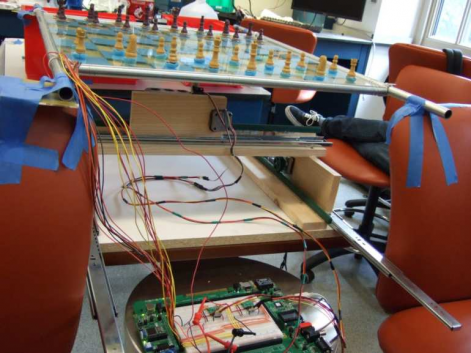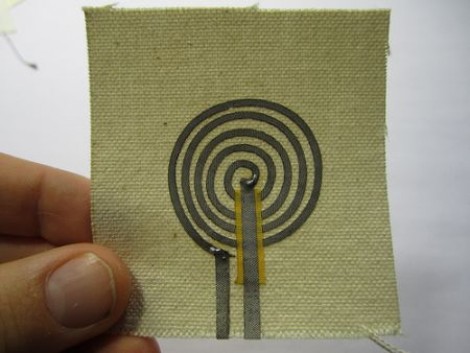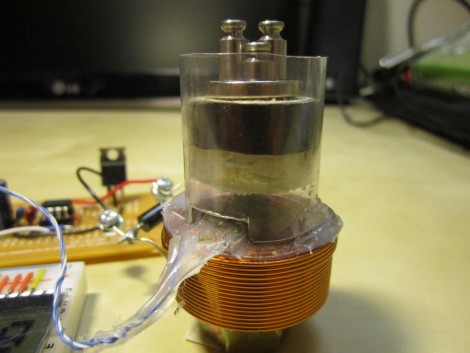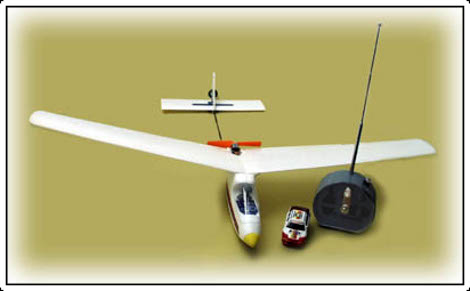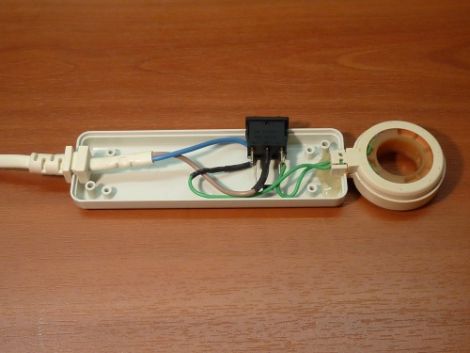
When working in hard to reach areas, magnetized tools can mean the difference between wrapping things up quickly and spending way too much time blindly grasping for dropped screws. [Damir] wrote in to share a handy little contraption he built which allows him to magnetize and demagnetize his tools as needed.
While rubbing a magnet against the tip of a screwdriver will impart a weak and temporary magnetic field, he felt that a stronger more permanently magnetized tool was far more useful. It is pretty well known that subjecting metal to a direct current magnetic field will magnetize the item, and an alternating magnetic field will demagnetize the same object. [Damir’s] wand will perform either task with the simple flip of a switch.
He salvaged the motor coil from a broken washing machine and mounted it in a project box, along with a single-pole changeover switch. A small diode is used to perform rectification on the AC input, providing the DC current required for magnetizing his tools.
Every once in awhile we find the need for magnetized tools, so we think this would be great to have around the workshop.
Check out a quick video demo of the magnetizing wand after the jump.

